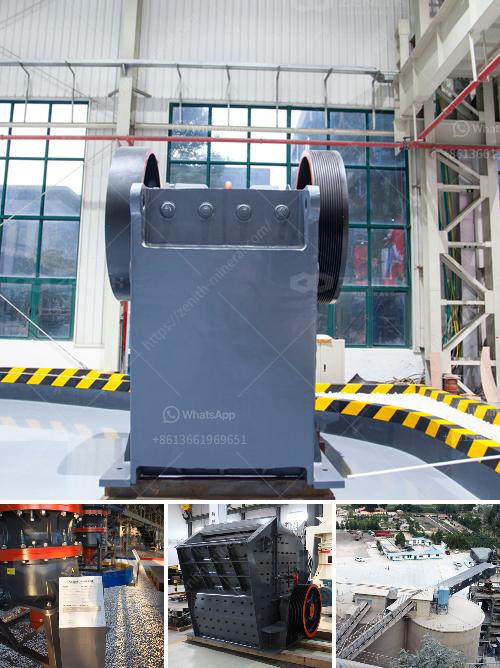In South Africa, the process of refining coal ore involves several stages, each designed to improve the quality of the coal and make it suitable for various industrial applications. Here is a detailed overview of the processes used:
1. Exploration and Mining
Before coal can be refined, it must be extracted from the earth. This involves:
- Exploration: Geologists use various techniques to locate coal deposits. This includes geological surveys, drilling, and sampling.
- Mining: There are two primary methods of coal mining in South Africa:
- Surface Mining: Also known as open-pit mining, this method is used when coal deposits are close to the surface. It involves removing the overburden (soil and rock covering the coal seam) and then extracting the coal.
- Underground Mining: Used for deeper coal seams, this method involves creating tunnels and shafts to access the coal.
2. Coal Preparation
Once the coal is mined, it undergoes a series of preparation steps to remove impurities and improve its quality. These steps include:
- Crushing: The coal is crushed into smaller pieces to facilitate further processing.
- Screening: The crushed coal is screened to separate it into different size fractions.
- Washing: This is a critical step in coal preparation. The coal is washed to remove impurities such as soil, rock, and other non-coal materials. This is typically done using water and gravity-based separation techniques. The main methods include:
- Dense Medium Separation (DMS): Coal is mixed with a dense medium (a liquid with a specific gravity higher than water) to separate coal from impurities based on their density.
- Jigging: A pulsating water current is used to stratify coal and impurities based on their density.
- Cyclones: Centrifugal forces are used to separate coal from impurities.
3. Beneficiation
Beneficiation involves further refining the coal to improve its quality and value. This can include:
- Flotation: Fine coal particles are separated from impurities using froth flotation, where chemicals are added to a slurry of coal and water to make the coal hydrophobic (repel water) and the impurities hydrophilic (attract water).
- Magnetic Separation: Used to remove magnetic impurities from the coal.
4. Drying
After washing and beneficiation, the coal may still contain moisture. Drying processes are used to reduce the moisture content, making the coal more efficient for combustion and other industrial uses. This can be done using:
- Thermal Dryers: Hot air is used to evaporate moisture from the coal.
- Mechanical Dewatering: Techniques such as centrifugation and filtration are used to remove water from the coal.
5. Blending
To meet specific customer requirements, different grades and types of coal may be blended. This ensures a consistent quality and composition of the final product.
6. Transportation
Once the coal is refined, it is transported to its final destination. This can involve:
- Rail Transport: South Africa has an extensive rail network used to transport coal from mines to ports and industrial centers.
- Road Transport: Trucks are used for shorter distances or where rail infrastructure is not available.
- Shipping: For export markets, coal is transported to ports and loaded onto ships.
7. Environmental Management
Throughout the coal refining process, environmental management practices are implemented to minimize the impact on the environment. This includes:
- Waste Management: Proper disposal and management of waste materials generated during mining and refining.
- Water Management: Treatment and recycling of water used in the coal preparation process.
- Air Quality Control: Measures to control dust and emissions from coal processing facilities.
Conclusion
The refining of coal ore in South Africa is a complex process that involves multiple stages, each designed to improve the quality of the coal and make it suitable for various industrial applications. From exploration and mining to preparation, beneficiation, drying, blending, and transportation, each step is crucial in ensuring the final product meets the required standards. Additionally, environmental management practices are essential to minimize the impact of coal refining on the environment.


